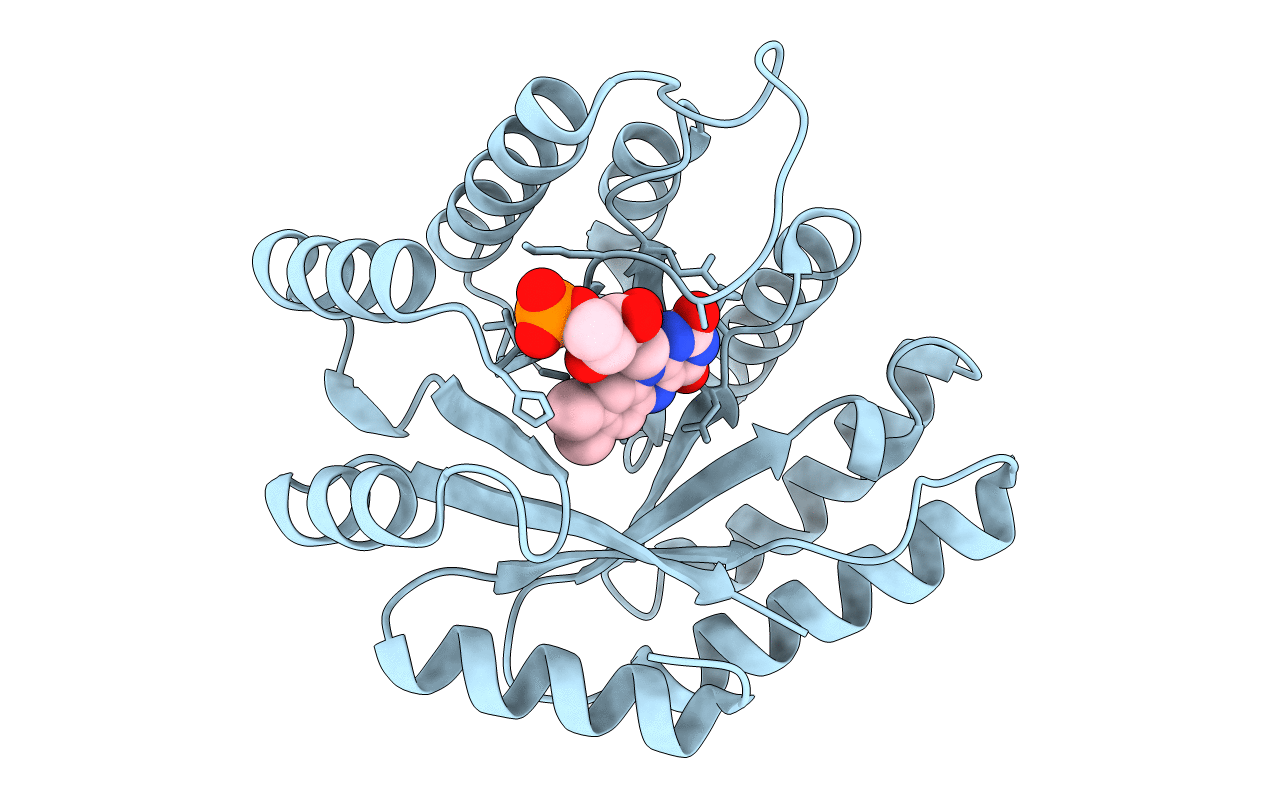
Deposition Date
2016-10-18
Release Date
2017-03-15
Last Version Date
2024-01-17
Entry Detail
PDB ID:
5M42
Keywords:
Title:
Structure of Thermus thermophilus L-proline dehydrogenase lacking alpha helices A, B and C
Biological Source:
Source Organism:
Thermus thermophilus HB27 (Taxon ID: 262724)
Host Organism:
Method Details:
Experimental Method:
Resolution:
2.20 Å
R-Value Free:
0.22
R-Value Work:
0.18
R-Value Observed:
0.18
Space Group:
P 62


